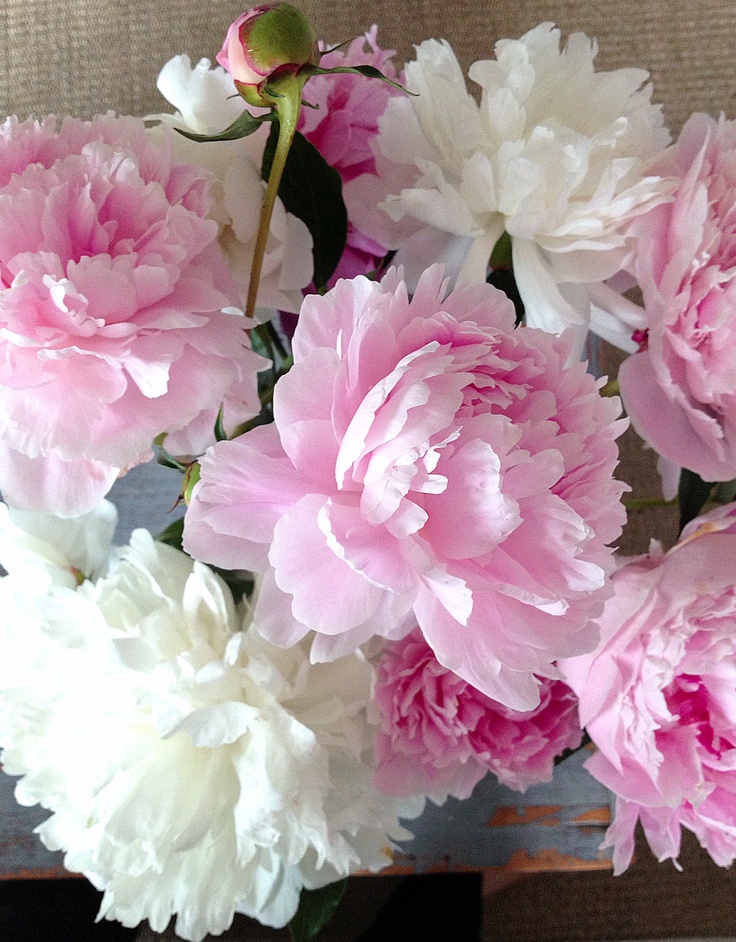Assessing Peony Bloom Quality and Health: Key Indicators and Tips
Evaluating the quality and health of peony blooms is essential for ensuring optimal plant performance and identifying potential issues that may affect flowering and overall plant vigor. By examining various aspects of peony blooms, including size, color, form, and condition, you can gauge the plant’s health status and make informed decisions regarding care and maintenance. Here are key indicators to consider when evaluating peony bloom quality and health, along with tips for maintaining vibrant and thriving blooms.










1. Bloom Size and Form
- Size: Assess the size of peony blooms, which can vary depending on the cultivar and growing conditions. Look for well-developed blooms that are proportionate to the plant’s overall size and display a generous number of petals.
- Form: Examine the form of peony blooms, including the arrangement and symmetry of petals. Ideally, peony blooms should exhibit a full, rounded form with evenly spaced petals and a prominent center.
2. Color and Coloration
- Vibrancy: Evaluate the vibrancy and intensity of peony bloom colors, which can range from delicate pastels to rich, saturated hues. Look for blooms with vibrant, true-to-type colors that enhance the overall visual appeal of the plant.
- Consistency: Check for uniform coloration across peony blooms, with consistent color distribution and minimal fading or discoloration. Variations in color intensity or blotchy patches may indicate underlying nutrient deficiencies or environmental stress.
3. Petal Condition and Texture
- Petal Integrity: Inspect the condition of peony petals for signs of damage, wilting, or pest infestation. Healthy peony blooms should have firm, unblemished petals that retain their shape and texture.
- Texture: Feel the texture of peony petals, which should be smooth and velvety to the touch. Avoid blooms with wrinkled, puckered, or overly soft petals, as these may indicate poor health or premature aging.
4. Stem Strength and Support
- Stem Integrity: Evaluate the strength and integrity of peony stems, which should be sturdy and able to support the weight of the blooms without bending or drooping. Weak or floppy stems may indicate inadequate support or nutrient deficiencies.
- Support Systems: Consider the use of support systems such as stakes or peony rings to provide additional support to heavy flower stems and prevent bending or breakage, particularly for large-flowered or double-flowered varieties.
5. Disease and Pest Resistance
- Disease Symptoms: Look for signs of common peony diseases such as botrytis blight, powdery mildew, or leaf spot, which can affect bloom quality and overall plant health. Monitor for symptoms such as discolored or spotted foliage, moldy growth, or stunted growth.
- Pest Damage: Check for evidence of pest infestations such as aphids, thrips, or spider mites, which can damage peony blooms and foliage. Inspect both the upper and lower surfaces of leaves for signs of insect activity or feeding damage.
6. Seasonal Performance and Persistence
- Bloom Duration: Observe the duration of blooming periods for peony plants, which can vary depending on the cultivar and environmental conditions. Healthy peonies should produce blooms that persist for several days to weeks, providing extended floral interest in the garden.
- Reblooming Potential: Consider the reblooming potential of peony cultivars, particularly those with multiple flowering flushes throughout the growing season. Select cultivars known for their reliable reblooming performance to extend the enjoyment of peony blooms in the garden.
Conclusion
Evaluating peony bloom quality and health involves assessing various factors such as size, color, form, petal condition, stem strength, disease resistance, and seasonal performance. By paying attention to these key indicators and implementing appropriate care and maintenance practices, you can ensure vibrant, thriving blooms that enhance the beauty and allure of your garden. Regular monitoring, timely intervention, and proactive management are essential for promoting optimal peony health and maximizing the enjoyment of their exquisite blooms.
FAQs (Frequently Asked Questions)
- Why are my peony blooms small and sparse?
- Small and sparse peony blooms may result from inadequate sunlight, nutrient deficiencies, overcrowded planting conditions, or improper pruning. Ensure peonies receive sufficient sunlight, well-balanced fertilization, adequate spacing, and selective pruning to promote robust bloom development.
- How can I prevent peony diseases and pest infestations?
- To prevent peony diseases and pest infestations, maintain good garden hygiene by removing fallen leaves and debris, providing adequate airflow around plants, and avoiding overhead watering. Monitor plants regularly for signs of disease or pest activity and promptly address any issues with targeted interventions such as organic fungicides or insecticidal soaps.